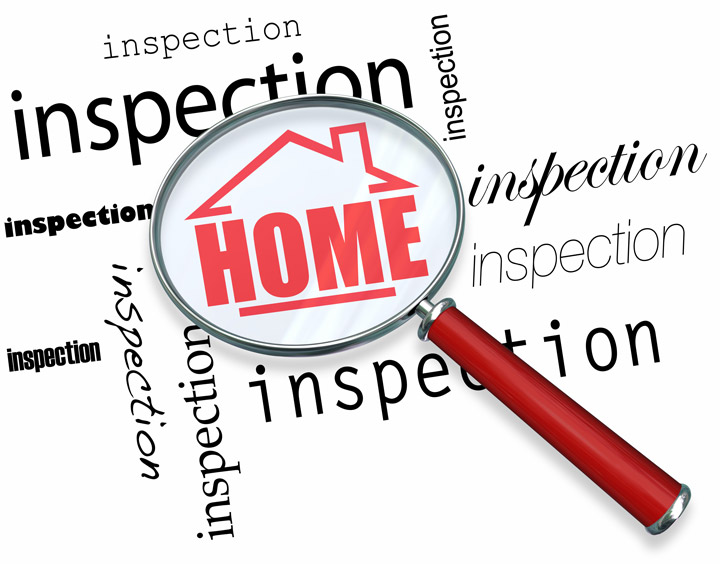
Decoding the Appraisal ProcessA home purchase is the most significant transaction most of us will ever consider. Whether it's where you raise your family, a second vacation property or a rental fixer upper, purchasing real property is an involved financial transaction that requires multiple parties to see it through. It's likely you are familiar with the parties having a role in the transaction. The real estate agent is the most familiar face in the transaction. Next, the bank provides the money needed to finance the exchange. And ensuring all details of the transaction are completed and that the title is clear to transfer from the seller to the purchaser is the title company. So, what party makes sure the real estate is worth the purchase price? This is where the appraiser comes in. We provide an unbiased estimate of what a buyer might expect to pay — or a seller receive — for a parcel of real estate, where both buyer and seller are informed parties. A licensed, certified, professional appraiser from Turneround Appraisals will ensure, you as an interested party, are informed. Inspecting the subject propertyOur first responsibility at Turneround Appraisals is to inspect the property to determine its true status. We must physically see aspects of the property, such as the number of bedrooms and bathrooms, the location, and so on, to ensure they truly exist and are in the shape a typical person would expect them to be. The inspection often includes a sketch of the property, ensuring the square footage is accurate and illustrating the layout of the property. Most importantly, the appraiser identifies any obvious amenities - or defects - that would have an impact on the value of the house. Following the inspection, an appraiser uses two or three approaches to determining the value of real property: a paired sales analysis, a replacement cost calculation, and an income approach when rental properties are prevalent. 
Cost ApproachHere, the appraiser analyzes information on local construction costs, labor rates and other factors to figure out how much it would cost to replace the property being appraised. This estimate usually sets the upper limit on what a property would sell for. It's also the least used predictor of value. 
Sales ComparisonAppraisers are intimately familiar with the neighborhoods in which they appraise. They innately understand the value of particular features to the people of that area. Then, the appraiser looks up recent transactions in close proximity to the subject and finds properties which are 'comparable' to the home at hand. Using knowledge of the value of certain items such as upgraded appliances, additional bathrooms, additional living area, quality of construction, lot size, we add or subtract from each comparable's sales price so that they more accurately match the features of subject property.
After all differences have been accounted for, the appraiser reconciles the adjusted sales prices of all the comps and then derives an opinion of what the subject could sell for. When it comes to valuing features of homes in Culver City and Los Angeles, Turneround Appraisals is second to none. This approach to value is usually awarded the most importance when an appraisal is for a real estate sale. Valuation Using the Income ApproachA third way of valuing real estate is sometimes employed when an area has a reasonable number of renter occupied properties. In this scenario, the amount of income the property yields is factored in with income produced by neighboring properties to determine the current value. Coming Up With The Final ValueCombining information from all approaches, the appraiser is then ready to state an estimated market value for the subject property. Note: While this amount is probably the best indication of what a house is worth, it may not be the final sales price. Depending on the specific situations of the buyer or seller, their level of urgency or a buyer's desire for that exact property, the closing price of a home can always be driven up or down.Regardless, the appraised value is often used as a guideline for lenders who don't want to loan a buyer more money than the property is actually worth. It all comes down to this, an appraiser from Turneround Appraisals will help you attain the most fair and balanced property value, so you can make the most informed real estate decisions. |